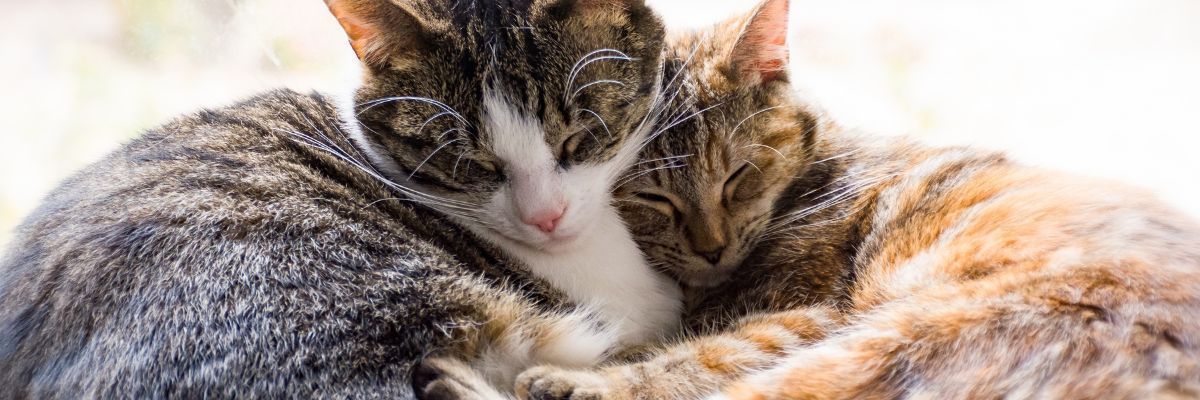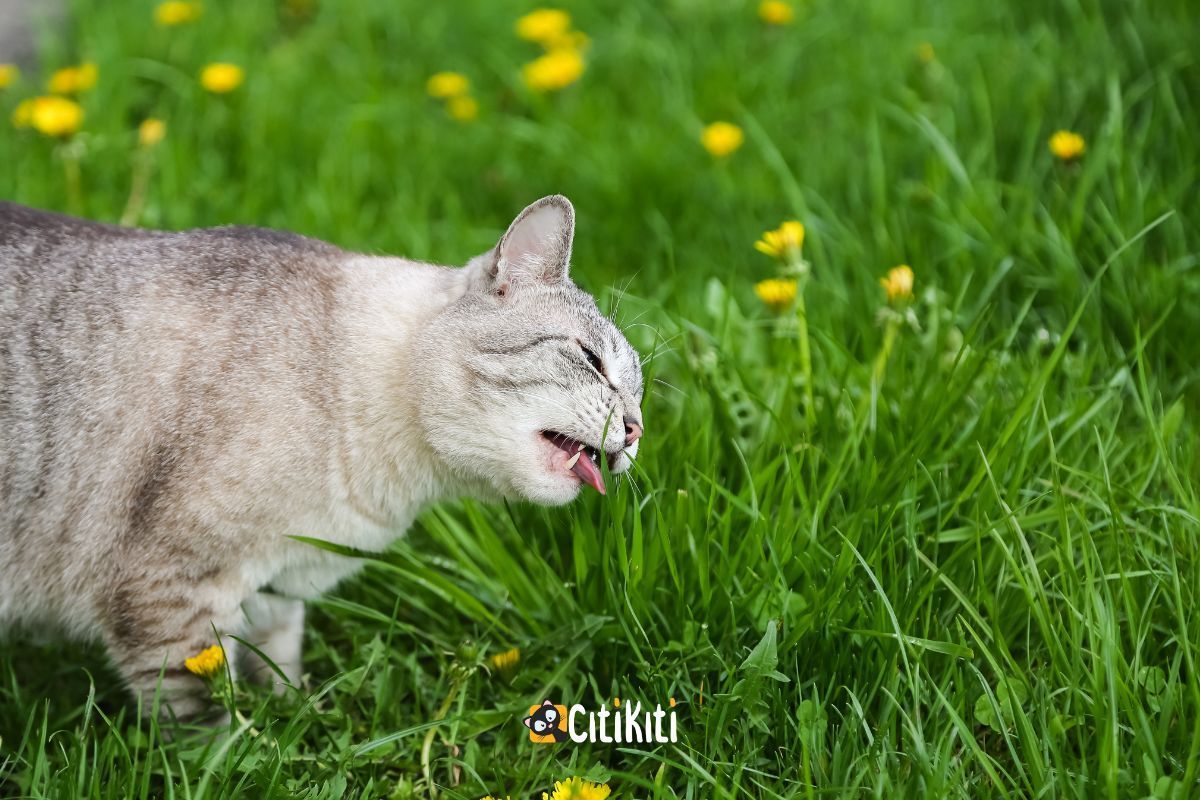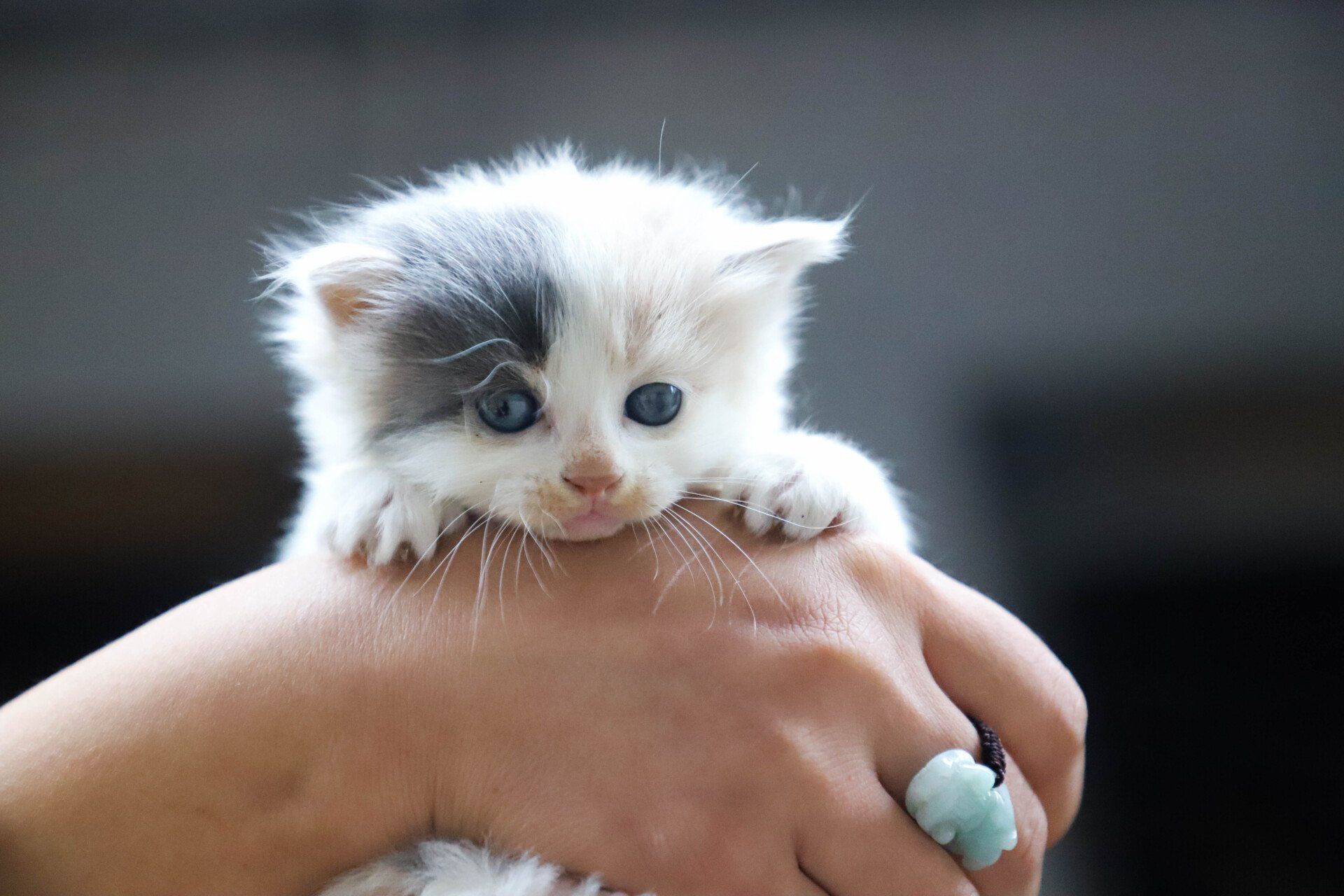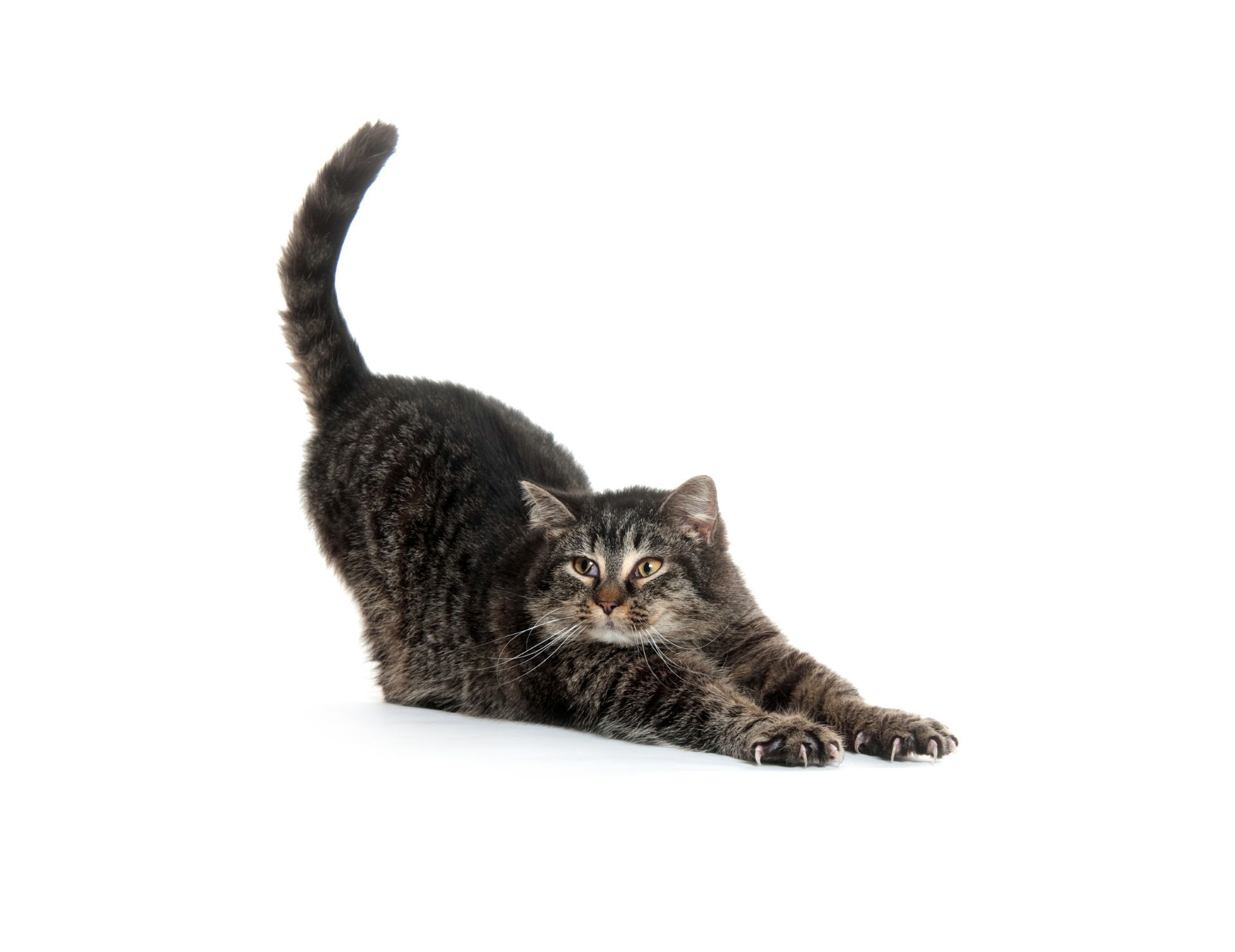Navigating the Stormy World of Cats and Thunderstorms
Thunderstorms can be a spectacle of nature's raw power, captivating our senses with the symphony of thunderous booms, dazzling lightning displays, and torrential rains. However, for our feline companions, these dramatic atmospheric disturbances can evoke an entirely different set of emotions. Welcome to our blog, where we delve into the fascinating relationship between cats and thunderstorms.
Cats, known for their enigmatic and independent nature, possess a unique sensitivity to their surroundings. When the skies darken and the rumble of thunder fills the air, our feline friends often display intriguing behaviours that range from curiosity and alertness to anxiety and fear. As pet owners and cat lovers, it's crucial for us to understand the impact thunderstorms can have on our furry companions and learn how to support them during these turbulent times.
In this blog, we will embark on a journey through the stormy world of cats and thunderstorms, exploring a variety of topics and providing valuable insights and practical advice. We'll uncover the reasons behind cats' reactions to thunderstorms, decoding their body language and vocalizations during these intense moments. We'll delve into the science behind their heightened sensitivity to atmospheric changes and discuss how we can help alleviate their anxiety through gentle and compassionate methods.
Join us as we explore a range of strategies to create a calm and safe environment for our cats during thunderstorms. From creating soothing sanctuaries to utilizing pheromone diffusers and engaging in behavioural training, we'll explore effective techniques that can help ease their stress and provide a sense of security. We'll also discuss the role of desensitization and gradual exposure in helping our feline friends become more resilient in the face of stormy weather.
Furthermore, we'll share heartwarming stories, anecdotes, and tips from experienced cat owners who have successfully navigated the challenges of thunderstorms with their beloved companions. These real-life experiences will shed light on the diverse ways cats react to storms and provide inspiration for finding tailored solutions that suit your cat's unique personality and needs.
Whether you are a seasoned cat owner or just beginning your feline journey, this blog aims to be a comprehensive resource, guiding you through the intricate world of cats and thunderstorms. We hope to empower you with knowledge, empathy, and practical tools, so you can provide comfort and support to your cats when they need it most.
So, let's embark on this enlightening exploration together, deepening our understanding of our feline friends and uncovering the secrets to weathering the storm alongside them.
5 steps to help my cat during a thunderstorm
1. Create a Safe and Comforting Environment: Set up a designated safe space for your cat where they can retreat to during the storm. This area should be a quiet, enclosed space with familiar bedding, toys, and hiding spots. Consider using a covered crate, a cosy cat bed, or a designated room where your cat feels secure.
2. Provide Calming Measures: Introduce calming measures to help reduce your cat's anxiety. Play soothing music or use a
white noise machine to help drown out the sound of thunder. You can also try using a pheromone diffuser, such as a
Feliway diffuser, which releases synthetic calming pheromones that can help soothe your cat.
White Noise Machine
This compact machine offers 20 Soothing Natural Sounds, including the sound of rushing air.
The Rohm+ effectively cancels out noises that may disturb or distract. You can Recharge with the included USB-C cable and with a battery that lasts longer than the original Rohm, you will always have white noise with you anywhere.


Feliway
This is an optimum diffuser and 30 day refill, is scentless and Species-specific, it has no effect on humans or other pets.
It is widely considered as the best solution to ease cat anxiety, cat conflict and stress in the home
3. Stay Calm and Provide Reassurance: During a thunderstorm, it's important to remain calm and composed. Cats are highly attuned to their owner's emotions, so displaying a calm demeanour can help reassure them. Offer gentle verbal reassurance, soothing strokes, and comforting words to let your cat know they are safe.
4. Create Positive Associations: Gradually associate thunderstorms with positive experiences. Offer treats, playtime, or engage in a favourite activity with your cat before, during, and after the storm. This can help distract them from the loud noises and create positive associations with thunderstorms over time.
5. Consult with a Professional: If your cat's fear of thunderstorms persists or intensifies despite your efforts, consider seeking guidance from a veterinarian or a professional
cat behaviourist. They can assess your cat's specific needs and provide tailored strategies or recommend potential medication options to help alleviate your cat's anxiety during thunderstorms.
can cats sense that thunder is coming?
Yes, cats have keen senses that allow them to detect the approach of thunderstorms. They possess acute hearing and are attuned to subtle changes in atmospheric pressure, humidity, and electromagnetic fields. These heightened senses enable them to pick up on the early signs of an impending thunderstorm.
As a storm approaches, cats may display various behaviours that indicate their awareness of the impending thunder. They may become more alert, their ears might twitch or rotate to catch distant sounds, and their eyes may widen as they scan the environment for visual cues. Some cats may even retreat to a safe and sheltered area in anticipation of the storm.
Cats' sensitivity to atmospheric changes and their ability to hear low-frequency sounds allow them to detect the distant rumbles of thunder that human ears may not perceive. They can sense the vibrations caused by thunder and may respond with heightened vigilance or signs of anxiety.
It's important to note that while cats can sense the approach of a thunderstorm, their reactions to it can vary. Some cats may exhibit fear or anxiety, seeking out hiding places or displaying signs of distress, while others may show curiosity or simply remain unaffected. Each cat has its own unique personality and coping mechanisms, so their responses may differ.
Understanding and acknowledging your cat's sensitivity to thunderstorms can help you provide the support and reassurance they need during these intense weather events. Creating a safe and comforting environment, engaging in positive reinforcement, and offering calming techniques can go a long way in helping your feline friend navigate the stormy times with greater ease.
does thunder frighten cats?
Yes, thunder can frighten many cats. The loud noise, sudden bursts of thunderclaps, and vibrations caused by the booming sound can startle cats and trigger fear or anxiety responses. Cats have a heightened sense of hearing, making them more susceptible to being startled by loud noises like thunder. The fear of thunder, known as astraphobia, is a common issue among cats.
When cats are frightened, they may exhibit a range of behaviours such as hiding, seeking shelter, trembling, pacing, excessive vocalization (meowing or yowling), or even attempting to escape from the house. Some cats may seek comfort and closeness with their owners, while others may prefer to find a secure hiding spot until the storm passes.
It's important to understand that each cat's response to thunderstorms may vary. While some cats may show intense fear and distress, others may exhibit milder signs of anxiety or may not be bothered by thunder at all. Each cat has its own unique personality and sensitivities.
If your cat experiences severe anxiety or fear during thunderstorms, it's advisable to consult with a veterinarian or a professional animal behaviourist. They can provide guidance on behaviour modification techniques, potential medication options, or recommend additional strategies to help alleviate your cat's distress during thunderstorms.
Remember, patience, understanding, and a supportive approach are key when helping your cat cope with the fear of thunder.
Thank you for reading this post. We hope that you found it helpful and hope to you visit this page again soon. For more information, fun facts and cute photos, please follow us on social media. 🐱











